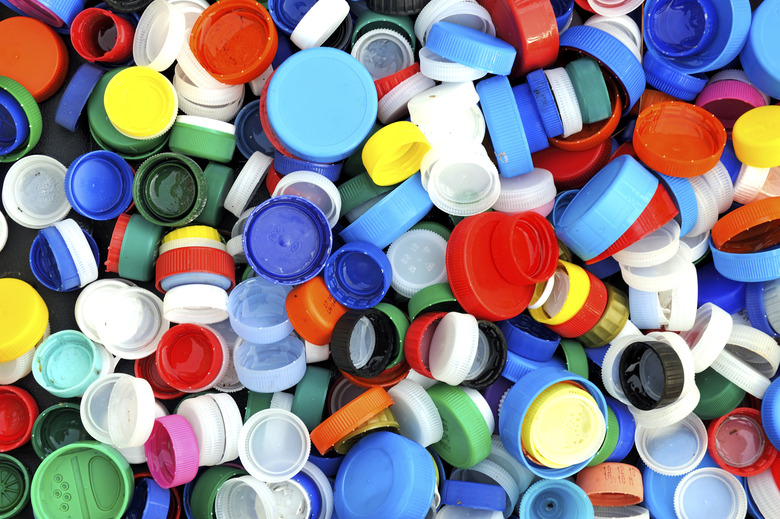Harmful Effects Of Plastic Waste Disposal
Plastics of various kinds have long found applications in virtually every corner of everyday life — toys, storage containers, electronics and much more. In February 2013, an editorial in the international journal "Nature" called upon scientists residing in the world's largest producers of plastic to classify it as a hazardous material, similar to the labeling of chlorofluorocarbons 14 years earlier. Indeed, plastic waste can harm both humans and the environment in a myriad of ways.
The History of Plastics in Human Industry
The History of Plastics in Human Industry
Humans have been using metals to make and develop tools for over 5,000 years, but only since 1907 have petroleum-based plastics been in play. Leo Baekeland, a chemist who had already earned notoriety and his fortune by inventing Velox photography paper in 1899, was working with formaldehyde-phenol resins in an effort to strengthen wood. The result was Bakelite, which was cheap, easily and quickly molded, and eventually a part of some 400 patents. The "Age of Plastics" had begun, and today the industry provides jobs for over 60 million people.
The Scope of the Problem
The Scope of the Problem
Around the world, almost a million tons of plastic is produced every day. About half of this is eventually deposited into landfills, while the rest becomes litter — peppering the roadsides, strewn about by winds and carried into rivers and seas. The United States spends over half a billion dollars a year cleaning up plastic litter on the West Coast alone. Moreover, this garbage is not merely unsightly, but can also be toxic to flora and fauna. The biggest targets of scientists' 2013 efforts include polyvinylchloride, or PVC, found in plastic pipes; polystyrene, better known as Styrofoam; polyurethane, a major component of furniture and upholstery; and polycarbonate, used in the manufacture of baby bottles and electronic devices.
Biological Effects of Plastic Waste Disposal
Biological Effects of Plastic Waste Disposal
According to a 2009 report in "Philosophical Transactions of The Royal Society B," a British science journal, plastics can cause a wide variety of adverse effects to people and the environment. Chemicals in plastics are absorbed by human bodies, and some of these compounds can change the structure of hormones. Plastic debris waste is often ingested by seafaring creatures, and the chemicals therein can poison all manner of wildlife. Floating plastic waste can survive for dozens of centuries and disrupt habitats by shuttling microbes to and fro. Perhaps most ominously, plastics buried in landfills can leach harmful chemicals into groundwater and therefore into the water supply, and the BPA in polycarbonate bottles can contaminate beverages.
Cleaning Up the Problem
Cleaning Up the Problem
Spokespeople for the plastics industry reject the idea that waste from their products can be harmful. Nevertheless, scientists have proposed a number of solutions to stall or reverse the problem. For example, treating plastics as reusable rather than disposable can stem the flow of waste into landfills and elsewhere. A greater availability of biodegradable plastics would also lessen the damage that the environment presently endures. Finally, labeling plastics according to their life cycles might inspire consumers to choose more environmentally friendly plastic-based items.
Cite This Article
MLA
Crystal, Mike. "Harmful Effects Of Plastic Waste Disposal" sciencing.com, https://www.sciencing.com/harmful-effects-plastic-waste-disposal-5591699/. 24 April 2017.
APA
Crystal, Mike. (2017, April 24). Harmful Effects Of Plastic Waste Disposal. sciencing.com. Retrieved from https://www.sciencing.com/harmful-effects-plastic-waste-disposal-5591699/
Chicago
Crystal, Mike. Harmful Effects Of Plastic Waste Disposal last modified March 24, 2022. https://www.sciencing.com/harmful-effects-plastic-waste-disposal-5591699/
